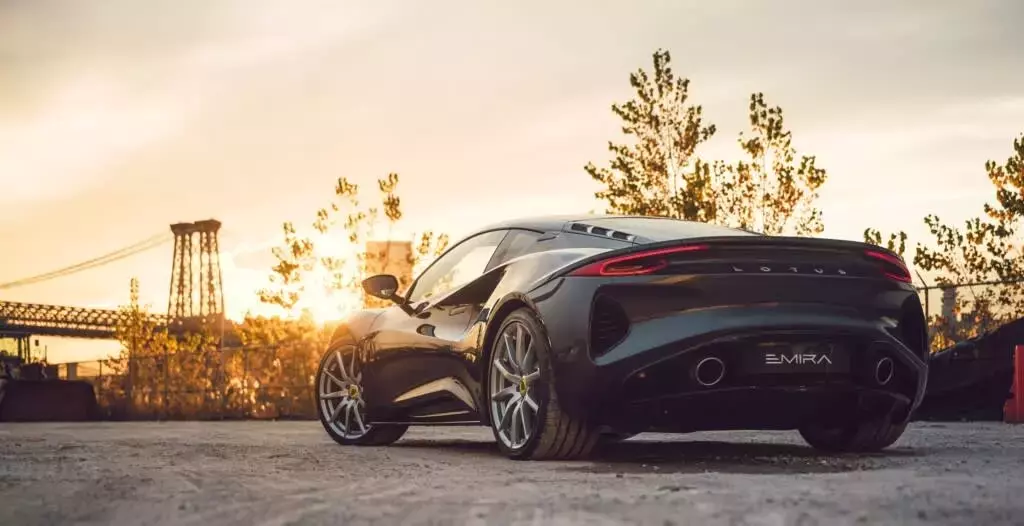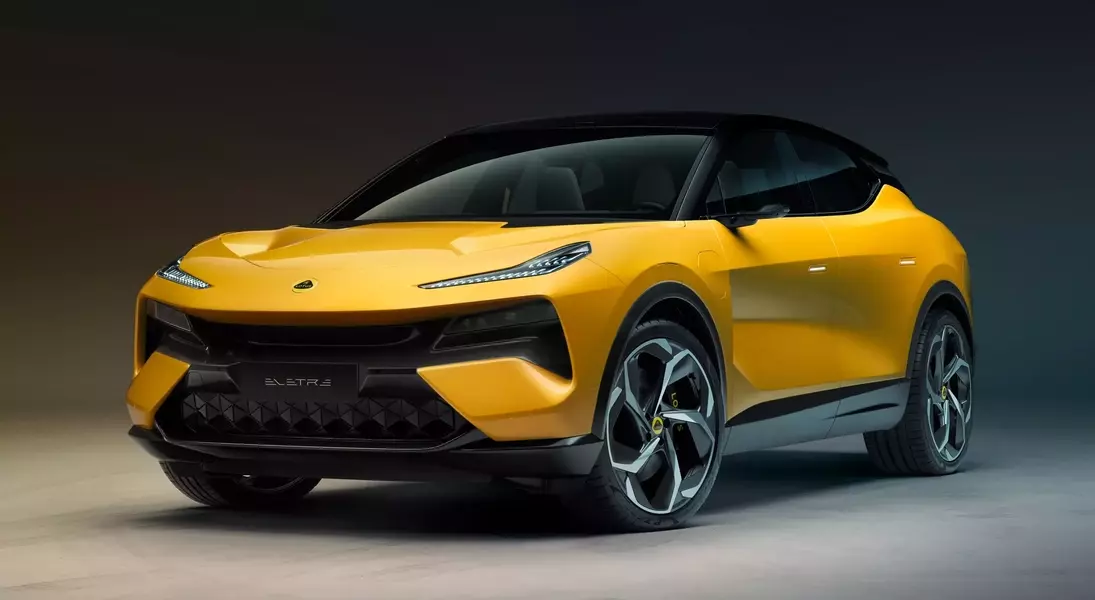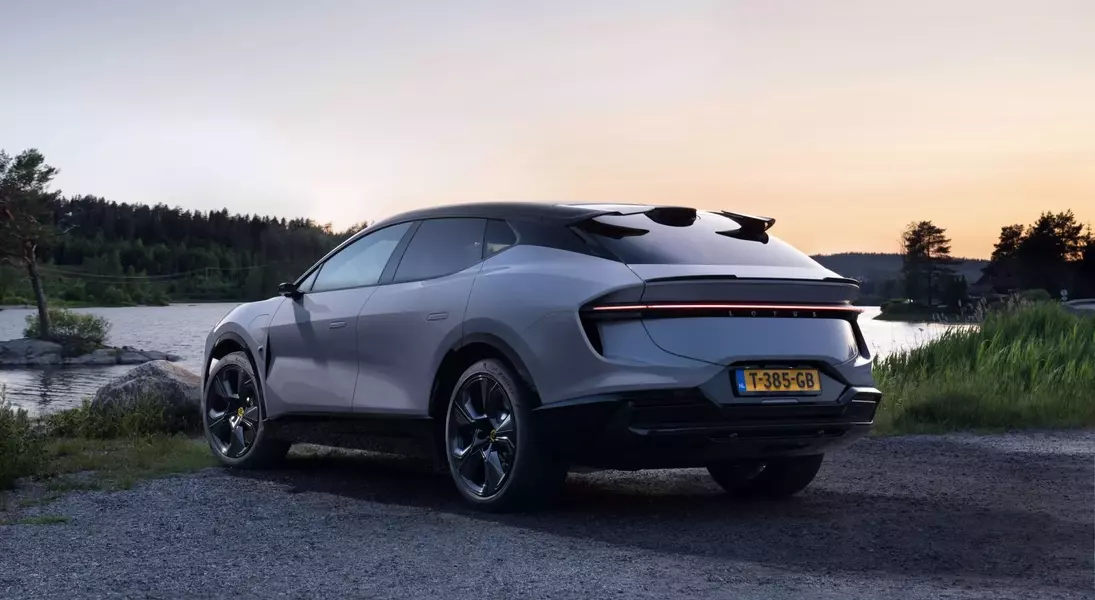





Lotus Recharts Course: Embracing Hybrid Power for Sustainable Growth
The Evolving Vision of Lotus: From Pure EV to Electrified Diversity
Not long ago, Lotus was firmly committed to an all-electric future. The 2021 blueprint outlined an ambitious transformation, emphasizing cutting-edge factories, innovative vehicle architectures, and a complete departure from the brand's heritage of lightweight, analog sports cars. The prevailing message was that internal combustion engines were nearing their end, and models like the Eletre and Emeya would herald a new era of battery-powered performance for Lotus.
Market Realities Drive Strategic Re-evaluation for Luxury EVs
However, this direction has undergone a significant revision. The growth in luxury electric vehicle sales has not met the company's expectations, and market momentum has proven particularly inconsistent in key regions where Lotus had hoped to achieve rapid expansion. This unexpected market dynamic has prompted the brand to adapt its approach.
Introduction of Plug-in Hybrid Eletre and Future Hybrid Lineup
The first tangible step in this new strategy is the forthcoming plug-in hybrid variant of the Eletre, slated for its global unveiling early next year. Furthermore, Lotus is actively developing additional models, including a more compact SUV, which is anticipated to launch in 2027. These new offerings signify a broader commitment to diversified powertrains.
Regional Deployment Strategy for New Hybrid Models
Lotus CEO Feng Qingfeng confirmed these strategic adjustments during a recent investor briefing, as reported by Autocar. The Eletre plug-in hybrid will spearhead Lotus' revised market penetration. The automaker plans to achieve robust performance by combining electric motors with a powerful turbocharged engine, while maintaining the brand's renowned focus on chassis engineering. This innovative approach is termed the "Hyper Hybrid" strategy, featuring a 900-volt electrical system designed for rapid charging and exceptional performance.
Anticipated Market Reception and Business Outlook
Initially, China will receive the new model in early 2026, a logical decision given the scale of the Chinese automotive market. Europe will follow later that year, with other regions thereafter, prioritizing markets where the transition to electric vehicles has been slower. The exact timing for the American market remains unconfirmed, though a relatively early introduction is probable, considering the strong consumer preference for hybrids in the United States.
Expansion of the Plug-in Hybrid Portfolio
Lotus has announced plans for three new plug-in hybrid vehicles, which are likely to leverage platforms from its parent company, Geely. Among these is a new, smaller SUV that will be positioned below the existing Eletre model.
Strategic Evolution Reflects Industry Trends and Financial Prudence
This shift in strategy comes as no great surprise. Lotus had already hinted at an increased focus on hybrids late last year, with reports suggesting the Emira sports car would be among the first to receive a plug-in hybrid option in 2027. This recent announcement accelerates that timeline, likely due to the brand's current financial performance. Sales have experienced a downturn, export operations have faced disruptions, and the company continues to report significant losses while actively implementing cost-cutting measures and relocating operational segments. Excluding the Chinese market, Lotus' global vehicle deliveries decreased by 40% during the first nine months of 2025, totaling only 4,612 units, compared to the same period in the previous year. Consequently, plug-in hybrids are poised to serve as a crucial bridge between Lotus' ambitious EV goals and the imperative of maintaining a healthy balance sheet. After years of advocating for an all-electric future, Lotus is now decisively pivoting towards plug-in hybrids as its fundamental market offering.
